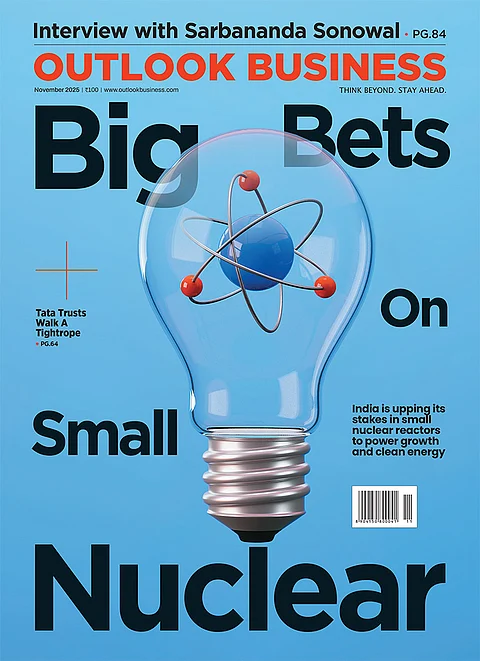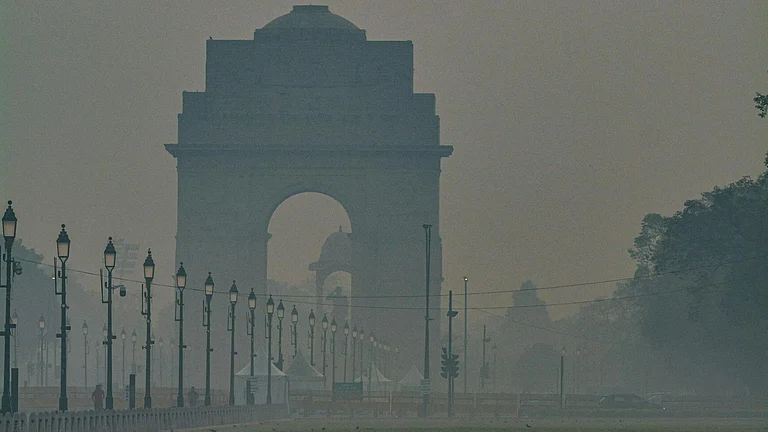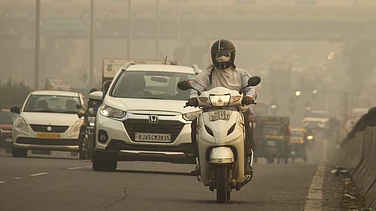
Supreme Court permits sale, bursting of green crackers from October 18–21.
QR codes mandatory; authorities to monitor manufacturers and enforce compliance strictly.
GRAP-1 stage 1 implemented as Delhi AQI slips into ‘poor’ category.
The Supreme Court permitted the sale and bursting of green crackers in Delhi-NCR for Diwali from October 18 and 21, between 6 pm and 10 pm, on October 15, reported PTI. The court has also directed that the green cracker should have QR codes.
The court observed that the crackers are smuggled into Delhi-NCR and they cause more damage than green firecrackers. “We have to take a balanced approach, permitting it in moderation while not compromising with the environment,” the CJI said while reading out the operative part of the order.
In addition, the order said that patrolling teams will be conducting regular checks on cracker manufacturers and their QR codes have to be uploaded on the websites. The top court warned that crackers from outside Delhi-NCR should not be sold in the city and if such sales are found then the licenses of sellers will be suspended.
According to reports, the court has also asked the Central Pollution Control Board (CPCB) and state pollution control boards (PCBs) of NCR to monitor air quality in the capital from October 18, directing them to submit reports related to pollution levels after Diwali.
The ruling follows last week's reserved verdict by the Supreme Court, which permitted the sale and detonation of firecrackers in the nation's capital for five days during Diwali on trial. Solicitor General Tushar Mehta, who represented the National Capital Region states and the Centre, had urged the apex court to permit bursting of green firecrackers in Delhi-NCR on occasions like Diwali, Guru Purab and Christmas without any restrictions on the timing.
The fireworks will be allowed for the first time in nearly five years. In November 2020, the National Green Tribunal (NGT) had imposed an absolute ban on all types of firecrackers during Diwali in Delhi-NCR and other highly polluted areas to curb pollution.
GRAP-1 Measures Put Into Action
Meanwhile the Commission for Air Quality Management in Delhi-NCR implement the stage 1 of the Graded Response Action Plan (GRAP) on October 14 as the air quality slipped to the ‘poor’ category after over three months.
The Central Pollution Control Board data indicated that the 24-hour average AQI stood at 211 on 4 pm on October 14—the first reading in this range since June 11, when it was recorded as 245. Experts told HT that this deterioration in air quality is due to a dip in both wind speed and night temperature.
The Centre’s Air Quality Early Warning System (EWS) for Delhi also predicted that the city is likely to experience “very poor” AQI around or after Diwali.
(With inputs from PTI.)































